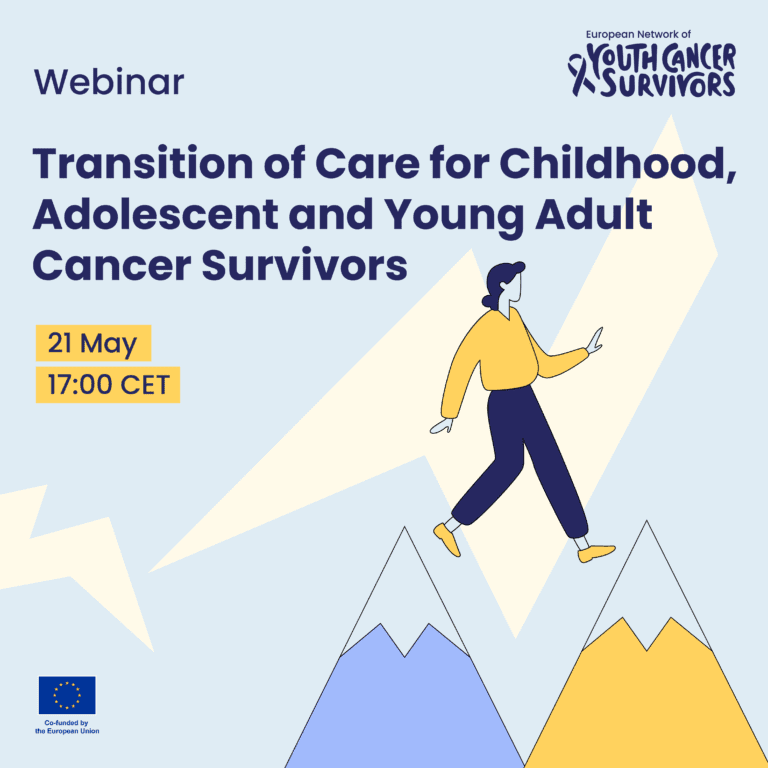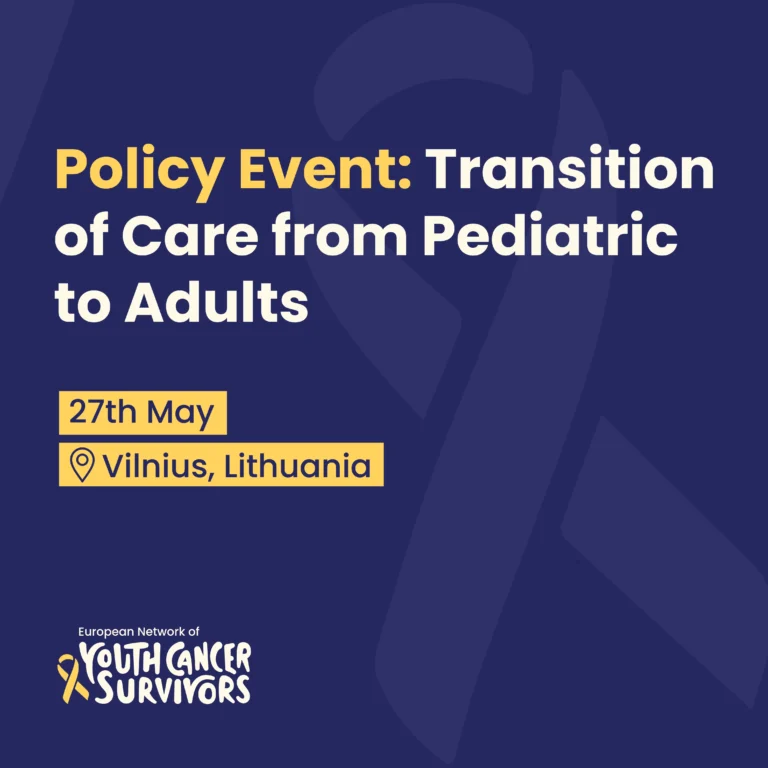Long-Term Follow-Up (LTFU)
Research into late effects and the translation of findings into approaches for long-term follow-up (LTFU) have been funded by EU and national initiatives in many EU countries, as well as largely voluntary international collaborations such as the International Harmonization Guideline Group (IGHG). Evidence-based clinical practice guidelines, developed by the International Late Effects of Childhood Cancer Guideline Harmonization Group and within European Union-funded PanCare projects (PanCareSurFup, PanCareLIFE, PanCareFollowUp, PanCareSurPass), are available to inform effective surveillance strategies for late adverse effects.
In addition, a survivorship care plan including a summary of cancer treatment and personalized recommendations for LTFU care is endorsed as an essential tool to increase the knowledge and empowerment of survivors, oncologists and primary care providers. However, more action is needed to inform survivors better, their families and healthcare professionals about late effects and to ensure agreed standards of care for LTFU care are not only agreed upon but actually implemented across Europe.
Despite the availability of guidelines, their use is inconsistent across Europe. Long-term follow-up (LTFU) care, although endorsed, is not available for the majority of adult survivors of childhood, adolescence and young adult (CAYA) cancer. Barriers to implementation include lack of time, knowledge, personnel and funding.
Sustainable solutions are urgently needed to address the needs of CAYA cancer survivors to improve the quality of life and reduce the burden of late effects on survivors, healthcare systems and society.
During the three Peer Visits in Utrecht (Princess Máxima Center), Barcelona (Hospital Sant Joan de Déu) and Vienna (Medical University Vienna) the aim is to gain deeper and valuable insights into how in these hospitals LTFU care is organized, who is involved in the LTFU care and how healthcare professionals are educated.
Furthermore, we take a close look at how CAYA cancer survivors are informed about their treatment history, late effects and to what extent personalized care is provided to CAYA cancer survivors.
The transition of childhood and adolescent cancer survivors: An active, planned, coordinated, comprehensive, multidisciplinary process to enable childhood and adolescent cancer survivors to effectively and harmoniously transfer from child-centred to adult-oriented healthcare systems.
The transition of care process should be flexible, and developmentally appropriate, consider the medical, psychosocial, educational and vocational needs of survivors, their families and caregivers, and promote a healthy lifestyle and self-management.
The transition from follow-up care to long-term survivorship care (5 years after diagnosis) as transition time points can be flexible.







Share it